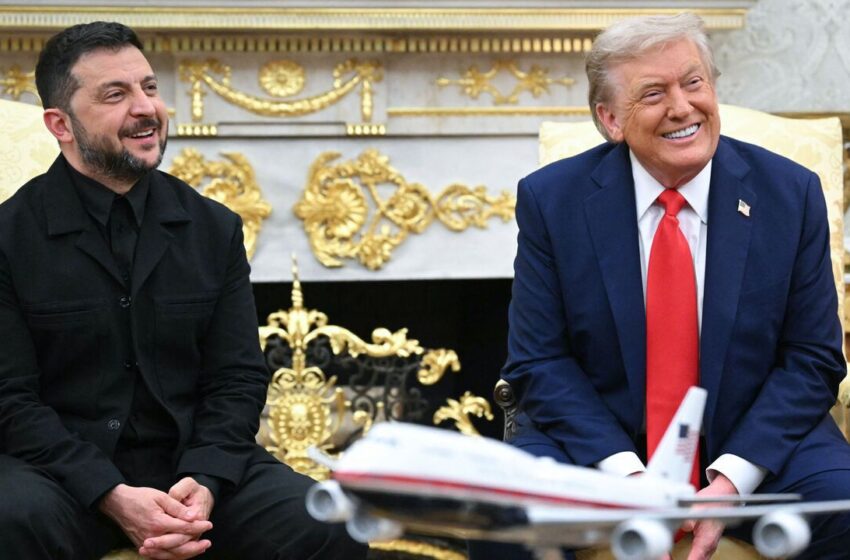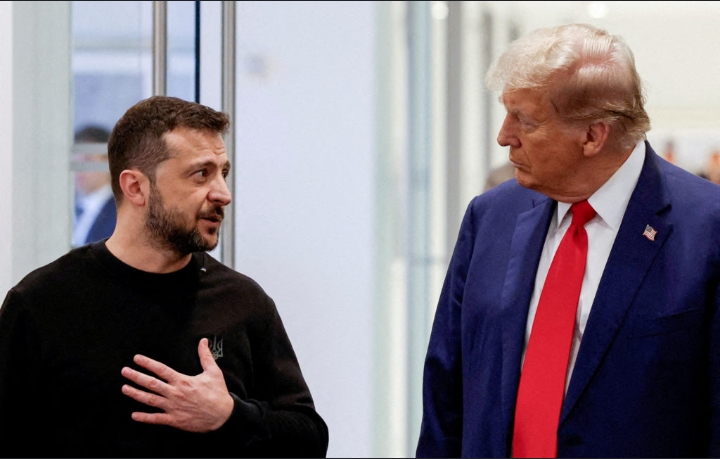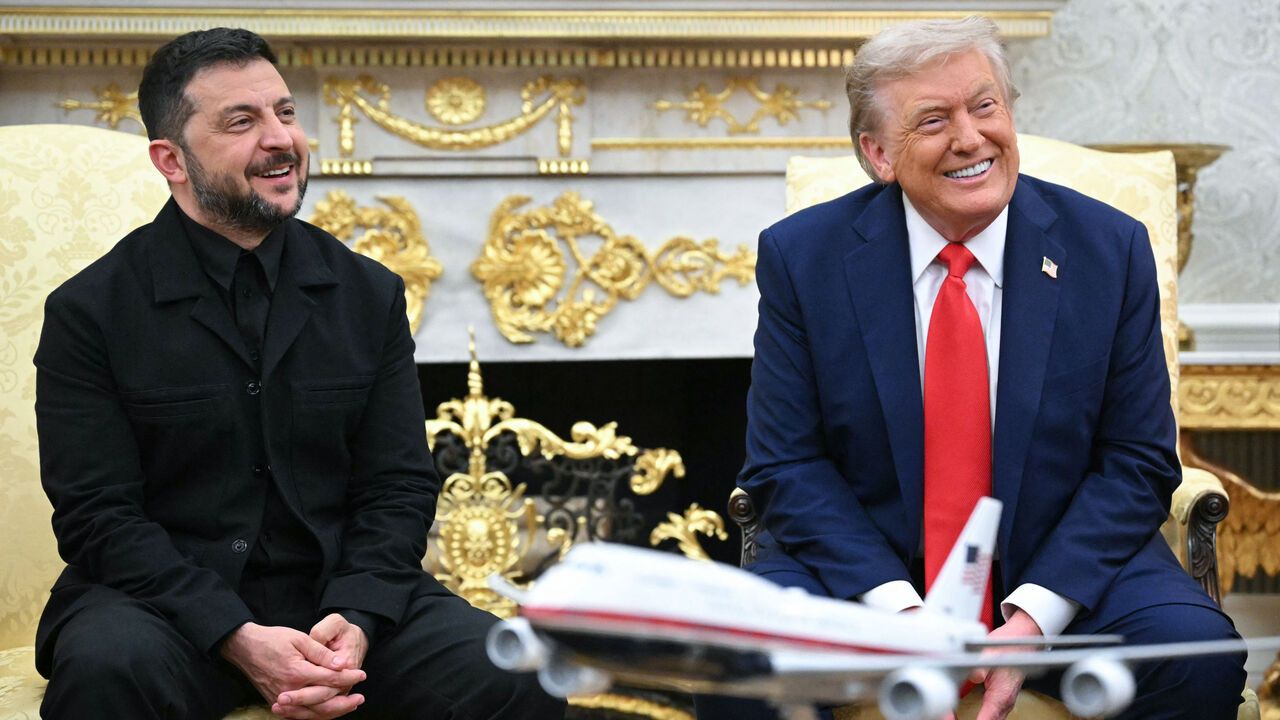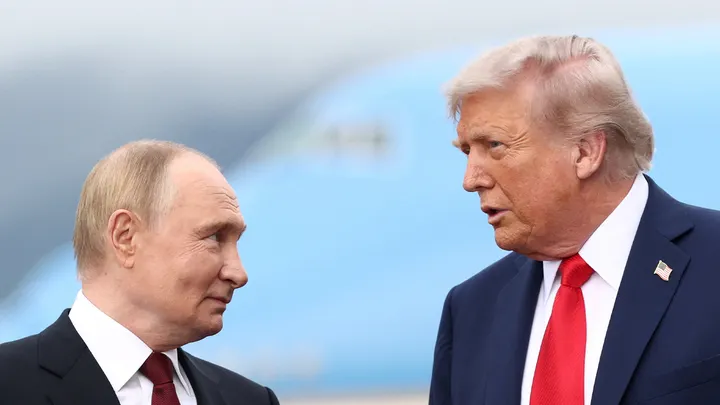Trump–Zelenskyy meeting: What it means for the Russia–Ukraine war

Trump–Zelenskyy meeting reshapes Russia–Ukraine war talks
The White House meeting between President Donald Trump and Ukrainian President Volodymyr Zelenskyy on August 18, 2025 could mark a pivotal shift in the trajectory of the Russia–Ukraine war. For the first time since the conflict escalated in 2022, U.S., European, and Ukrainian leaders jointly outlined a framework for security guarantees, direct talks with Russia, and a possible trilateral summit that could reshape the battlefield into a negotiating table.
Security Guarantees Could Redefine Ukraine’s Defense
One of the clearest outcomes of the talks is Europe’s commitment to lead on security guarantees for Ukraine. Germany, France, and the UK pledged to draft coordinated commitments, while Trump stressed the U.S. will support Ukraine primarily through arms sales, not unlimited aid.
For Ukraine, these guarantees could provide a long-term safety net against further Russian aggression, though Moscow has already rejected any NATO-style arrangement. Still, if implemented, the guarantees would formalize Ukraine’s Western backers’ role in defending its sovereignty and shift pressure directly onto Russia.
Opening the Door to Putin
Perhaps the most consequential development was Trump’s phone call to Vladimir Putin after the meeting. The conversation opened the possibility of a direct Zelenskyy–Putin meeting within weeks, followed by a trilateral summit including Trump.
Such talks, if realized, would represent the first leader-level Russia–Ukraine engagement since the invasion began. For the war itself, it could pause escalation and redirect focus from frontlines to diplomacy. Yet the risks remain high: Kyiv insists any agreement must uphold its territorial integrity, while Moscow seeks concessions that Ukraine has repeatedly refused.
Ceasefire or Direct Deal? A Strategic Divide
The meeting also exposed a divide over how to reach peace. German Chancellor Friedrich Merz argued that a ceasefire is a precondition for credibility in negotiations, warning that ongoing fighting undermines trust. Trump countered, claiming peace can be struck without first freezing the battlefield, pointing to historical precedents.
This difference matters for the war: a ceasefire could lock in current Russian territorial gains, while direct talks without one risk prolonging battles even during negotiations. The path chosen will heavily influence Ukraine’s leverage in any settlement.
READ ALSO
Putin-Trump Alaska Summit: What it means and what you should know
Crimea: The peninsula at the heart of the Russia-Ukraine war
Congress Prepares the Stick Behind the Carrot
In Washington, bipartisan leaders signaled readiness to back diplomacy with economic pressure on Moscow. Should talks collapse, Congress is preparing severe sanctions on Russia’s energy and financial sectors. This dual-track approach, peace talks backed by the threat of sanctions, adds leverage for Kyiv while reminding Moscow that stalling could come at a steep cost.
What It Means on the Ground in Ukraine
For soldiers and civilians, the meeting does not mean an immediate halt to fighting. But it does introduce new variables that could alter the war’s course:
- Security guarantees could deter further Russian offensives.
- Direct Putin–Zelenskyy talks could be the first real chance at a political solution.
- The ceasefire debate could decide whether Ukraine negotiates from strength or a frozen conflict.
- U.S.–Europe burden-sharing signals Ukraine will not be abandoned, but terms of aid are shifting.
An Early Step, With High Stakes
The Trump–Zelensky meeting was less about instant peace and more about shifting momentum in the Russia–Ukraine war. By combining European security pledges, U.S. mediation, and potential Putin talks, the summit cracked open a door to diplomacy after years of attrition. Whether it becomes a path to ending the war, or another false dawn, depends on the delicate balance between battlefield realities and political compromises.




